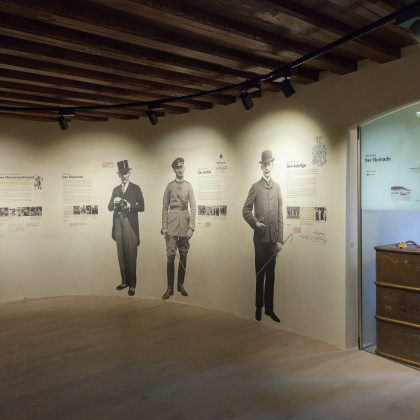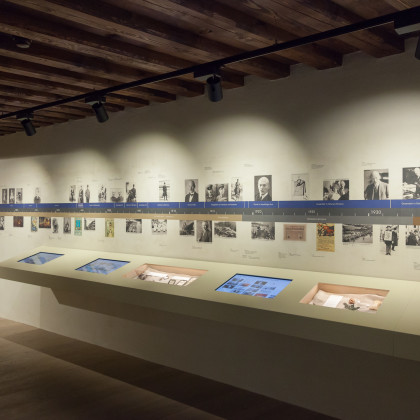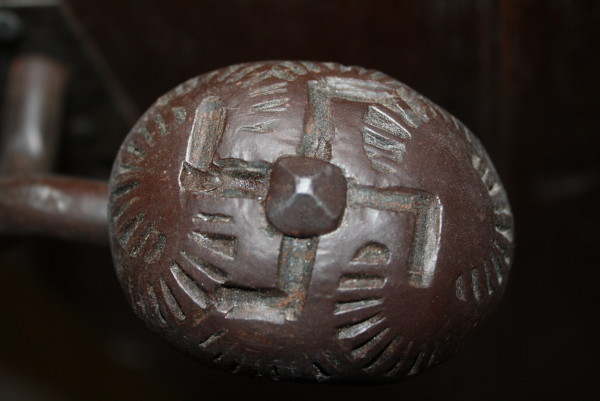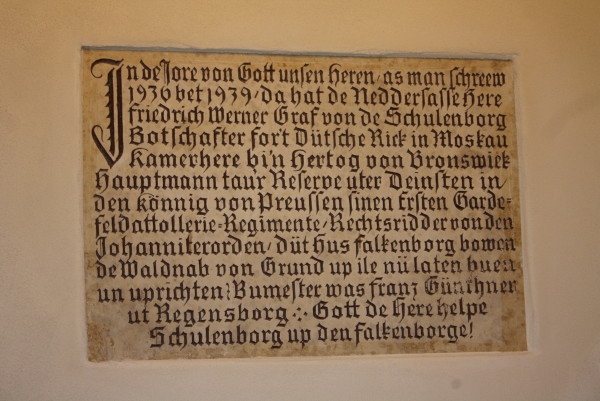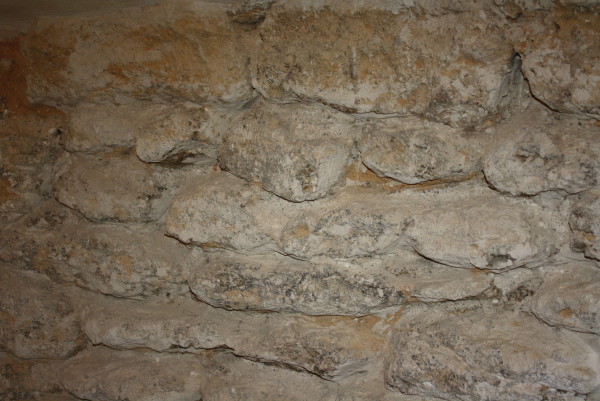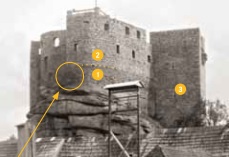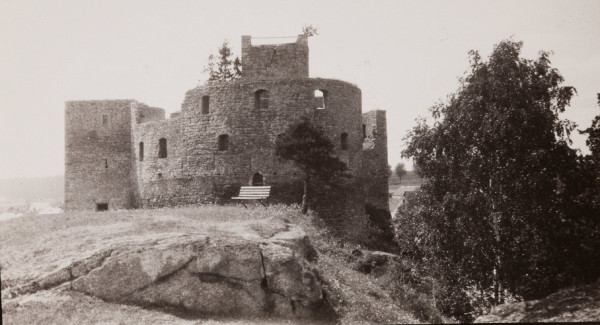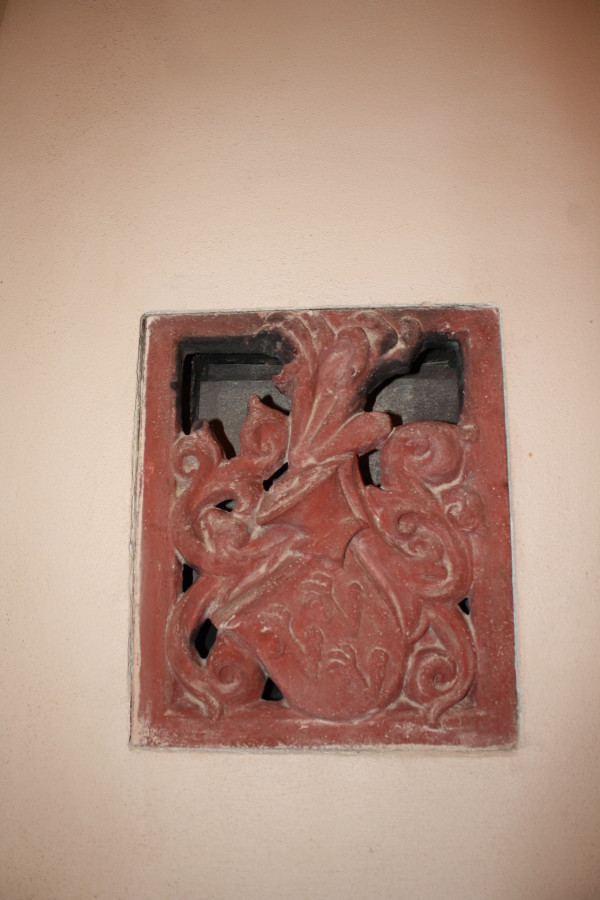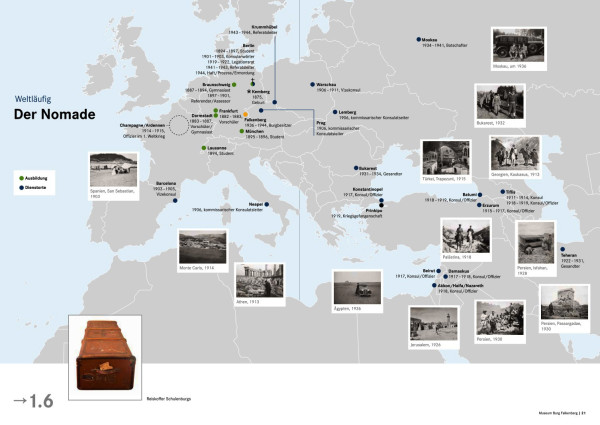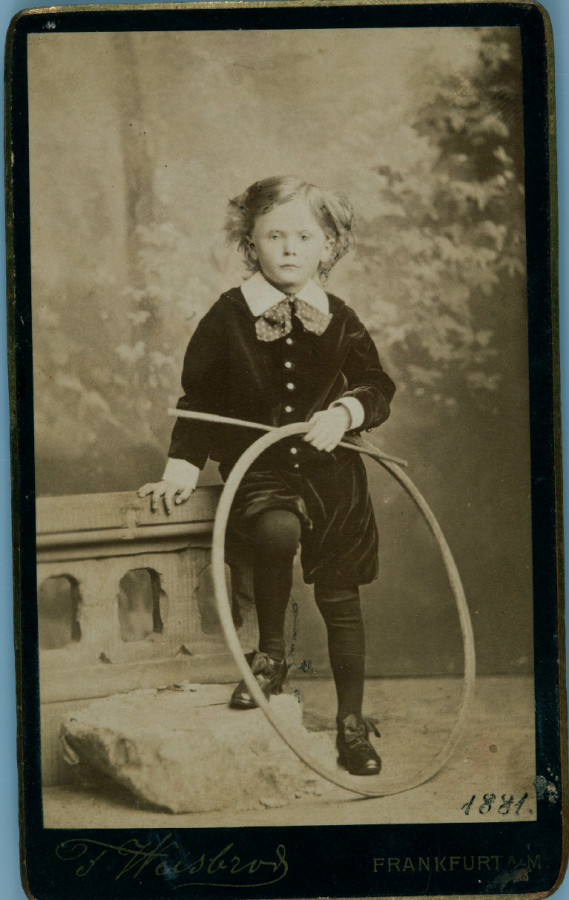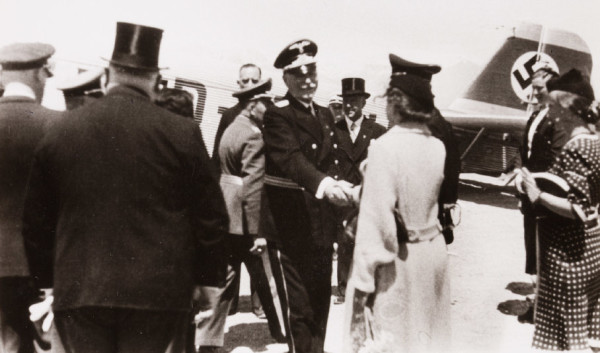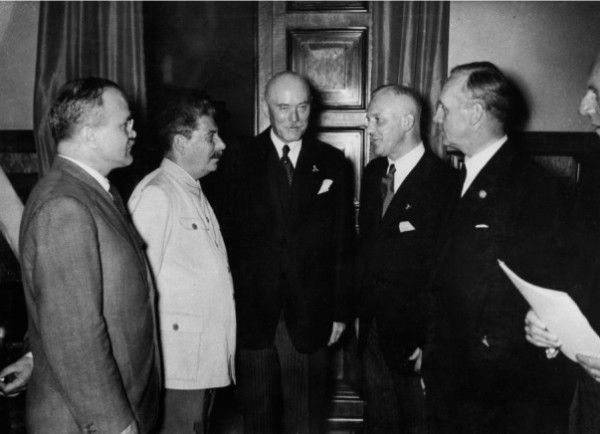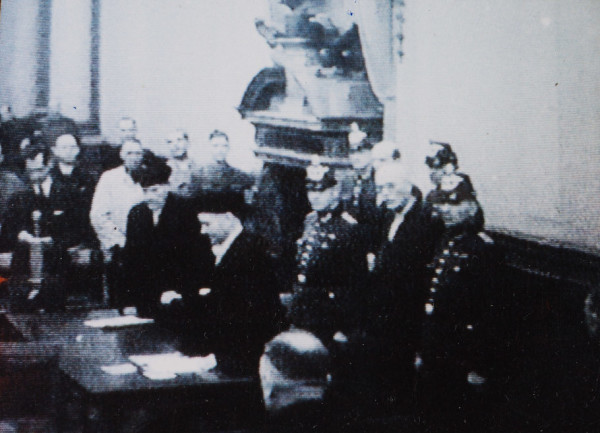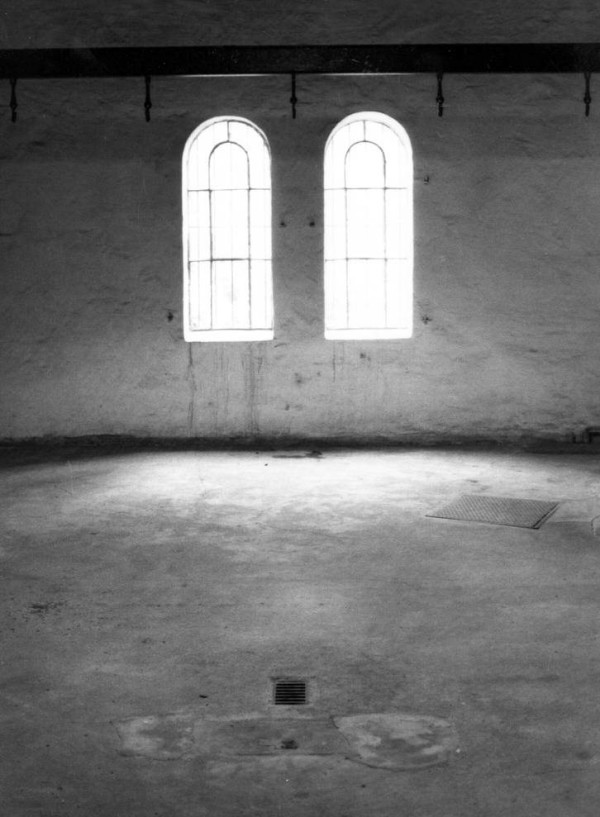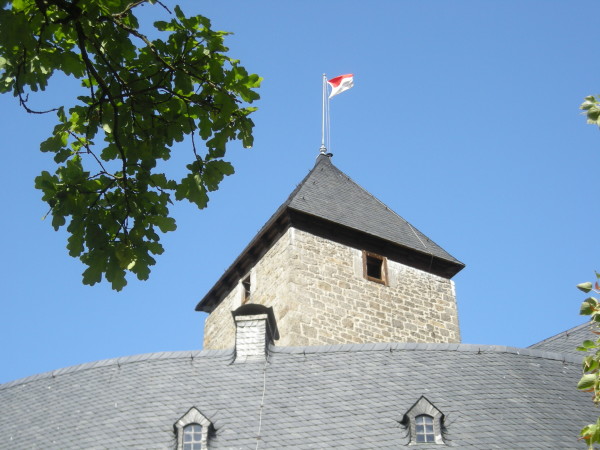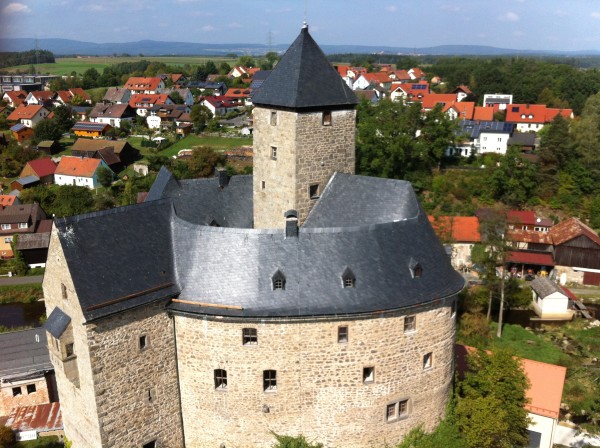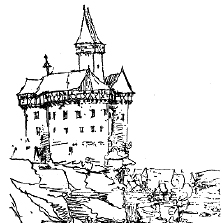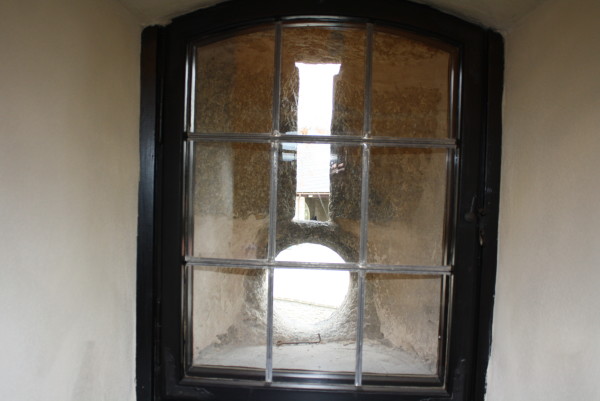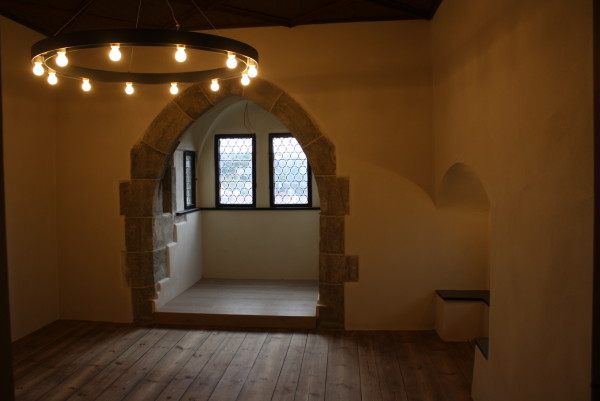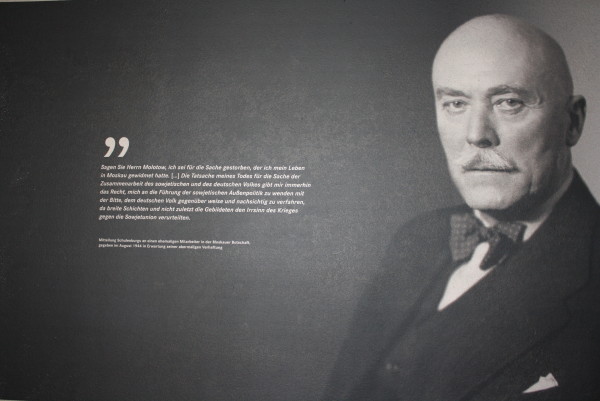Falkenburg Castle represents 1000 eventful years of history. For many centuries, the castle remained untouched, but since the middle of the 17th century, it gradually started to become a ruin.
A Prussian aristocrat – the diplomat Friedrich Werner Graf von der Schulenburg – gave the castle a new lease of life in the 1930s. He intended to spend the rest of his days here, but alas, this was not to be; as a conspirator to the 20 July plot in 1944 to assassinate Hitler, he was executed by the Nazis.
Visitors, who can access the castle either via the old bridge or the newly-built staircase, will experience an interesting tour. Much is to be learned about Graf von der Schulenburg’s eventful life; as a German ambassador, he fought for freedom in Russia. During the course of the tour, which takes one through the four levels, the story of the castle is told.
The museum focuses mainly on Graf – or earl – Schulenburg. A 15-minute film introduces the visitor to Schulenburg’s adventurous life. An exhibition hall dedicated to the ambassador not only offers many insights to Schulenburg as a person, but also to the contemporary history of the empire, the Weimar Republic and the Third Reich. Six interactive exhibits provide an opportunity to learn even more about these themes.
At authentic displays on the route of the tour, on all four floors the visitor has many opportunities to learn about the castle’s diverse history. Much is to be learned about the medieval building construction, the diverse defence structures and Falkenberg Castle’s early water supply system. The tour concludes with a historic panorama spanning from its beginnings way back in history, to the renovation of the ruins in the 1930s, up to the present day.




